There are few things better than curling up with a good book. And books aren’t only being produced by traditional publishers anymore—around two million titles are reportedly being self-published annually. It says a lot, then, when a book can break through the masses to become the one that everyone is buying and talking about.
Whether you’re looking to rediscover a classic or get lost in a modern phenomenon, be sure to add a few of these all-time favorites to the top of your reading list.
1946: ‘The King’s General’ by Daphne du Maurier
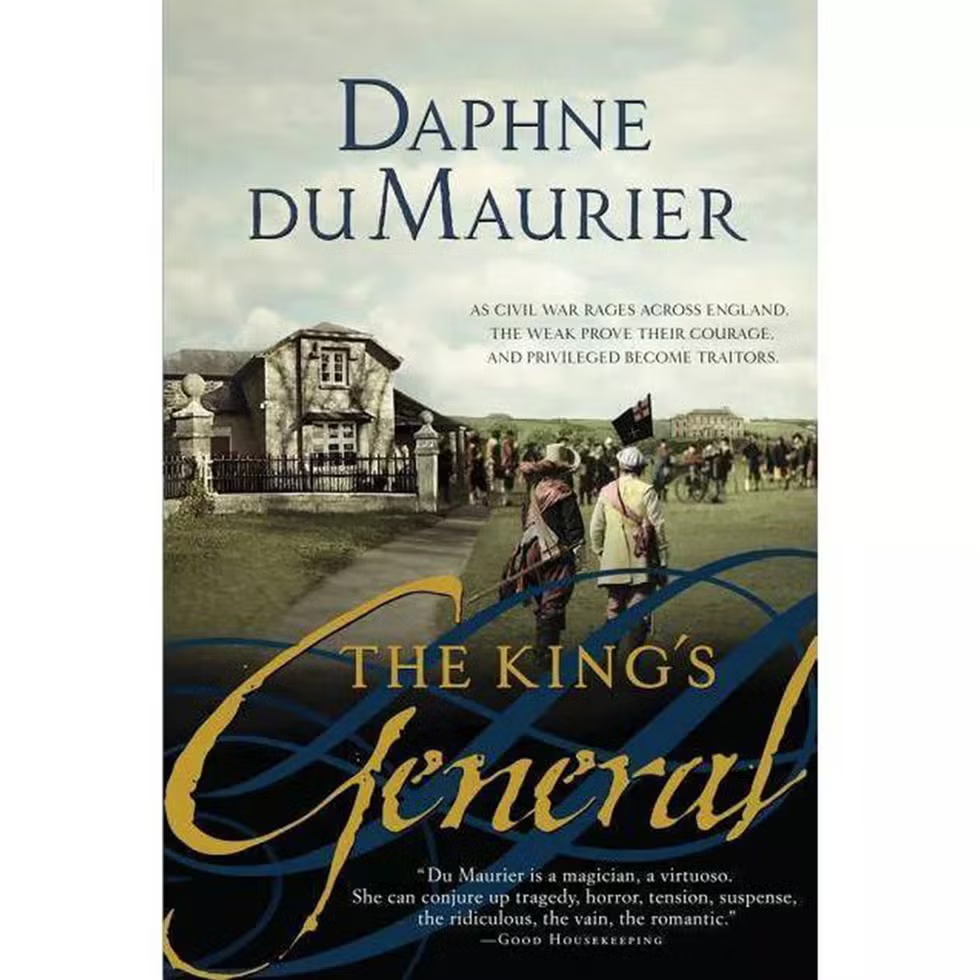
Best known for the sweeping saga Rebecca (which was turned into a film by Alfred Hitchcock), this other novel by author Daphne du Maurier is set in the 1600s, with the English Civil War as its backdrop.
The tragic love story follows Honor Harris and Sir Richard Grenville, young lovers who are separated by war. Their paths cross again, but these star-crossed lovers don’t have an easy romance.
1947: ‘The Miracle of the Bells’ by Russell Janney

Russell Janney’s first, and most popular, novel was turned into a motion picture starring Fred MacMurray (from My Three Sons) and Frank Sinatra.
This fiction novel tells the story of a press agent, Bill Dunnigan, who brings the body of deceased actress Olga Treskovna to a coal mining town for burying. Much of the story is told in flashbacks to the relationship between Olga and Bill.
1948: ‘The Big Fisherman’ by Lloyd C. Douglas
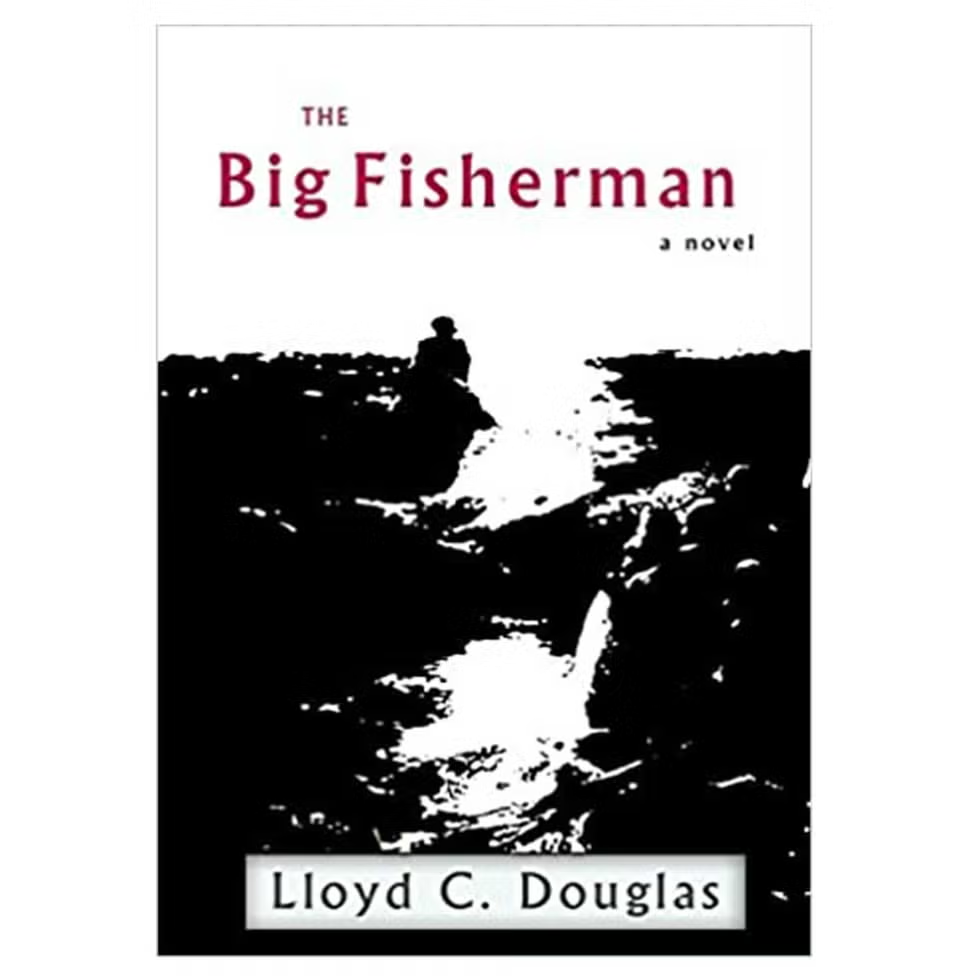
This sequel was Douglas’s follow-up to the massively popular bestseller The Robe. And this was a hit, too, taking the second-most popular book spot in 1949 as well.
While The Robe focused on the life of Jesus Christ and his crucifixion, this book instead centered on Simon Peter, one of Jesus’s apostles and the one who denied him. There were movies made of both Biblical sagas.
1949: ‘The Egyptian’ by Mika Waltari
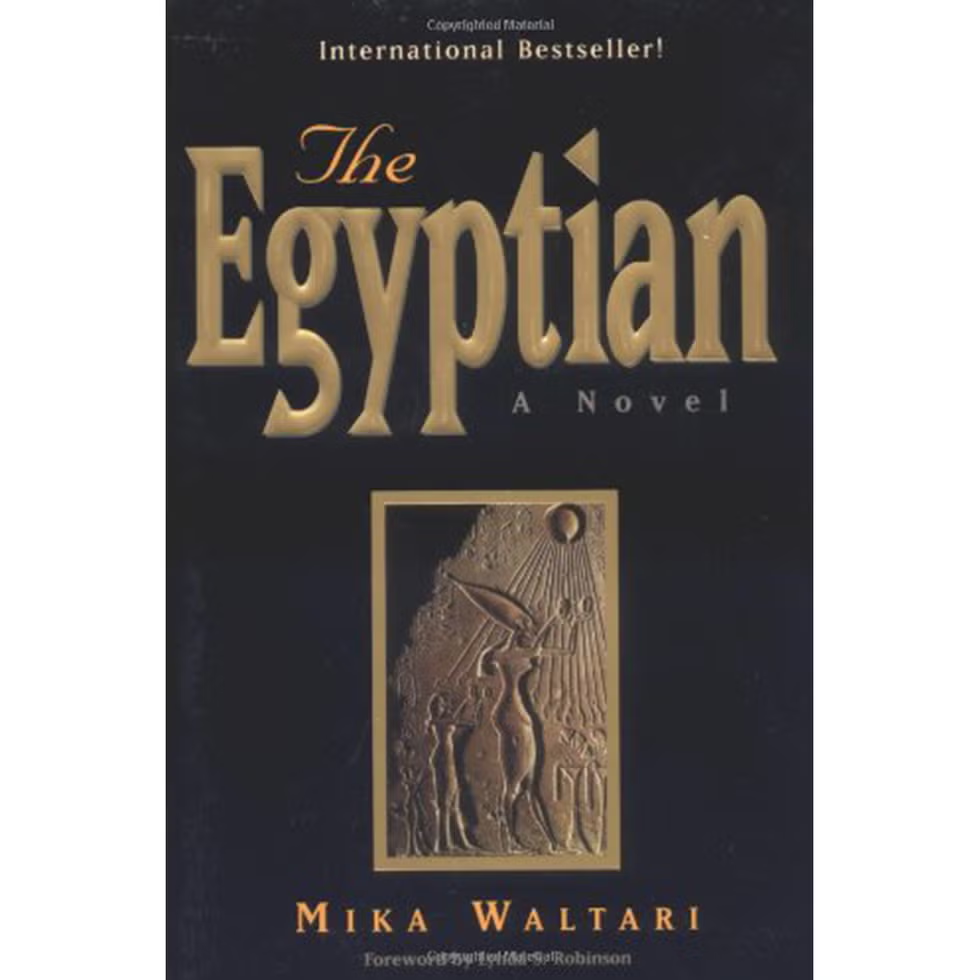
This novel was written by a Finnish author and turned into a movie. It follows the story of a physician as he travels around ancient Egypt—and in exile in what is now Syria. Waltari weaves historical details and famous Egyptian heroes into his then-popular tale.
1950: ‘The Lion, the Witch and the Wardrobe’ by C.S. Lewis
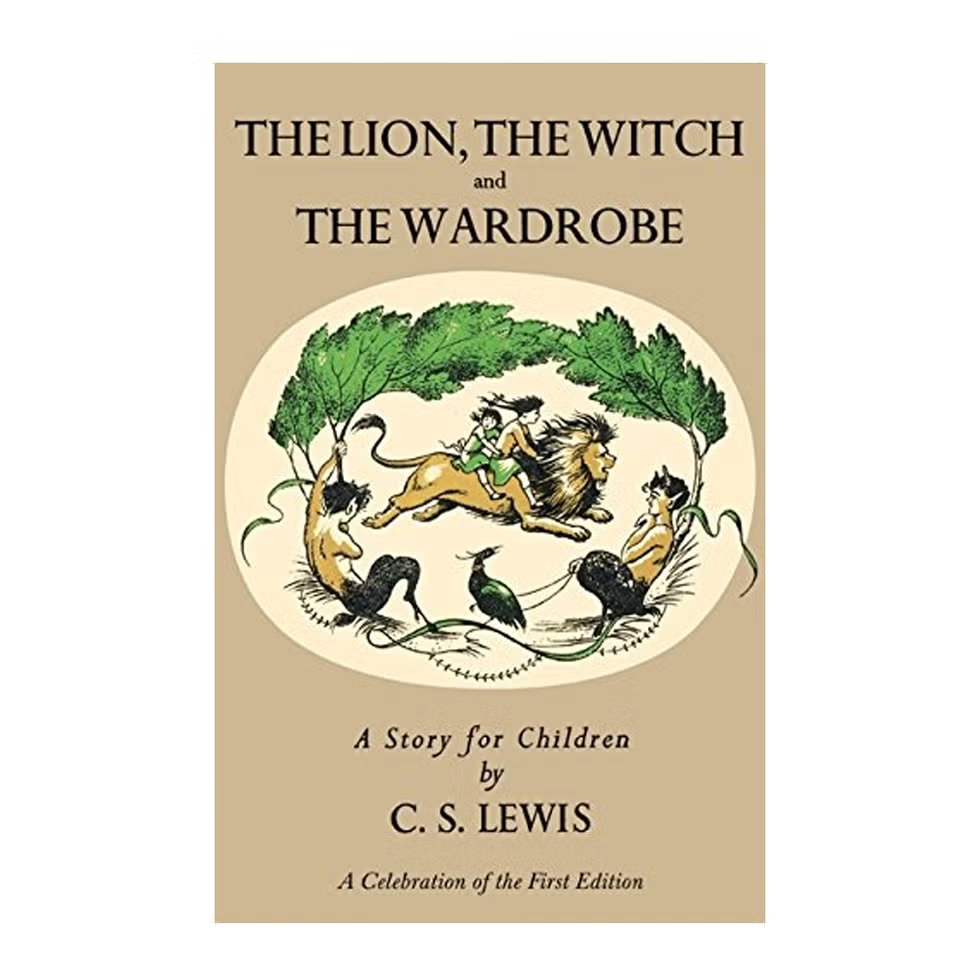
With a prequel emerging several years later, today, The Lion, the Witch and the Wardrobe is the second of seven books in C.S. Lewis’s suspenseful series, The Chronicles of Narnia—despite being published first. It relays the story of four siblings who step through a wardrobe door and find themselves in the fantasmic land of Narnia.
1951: ‘The Catcher in the Rye’ by J.D. Salinger
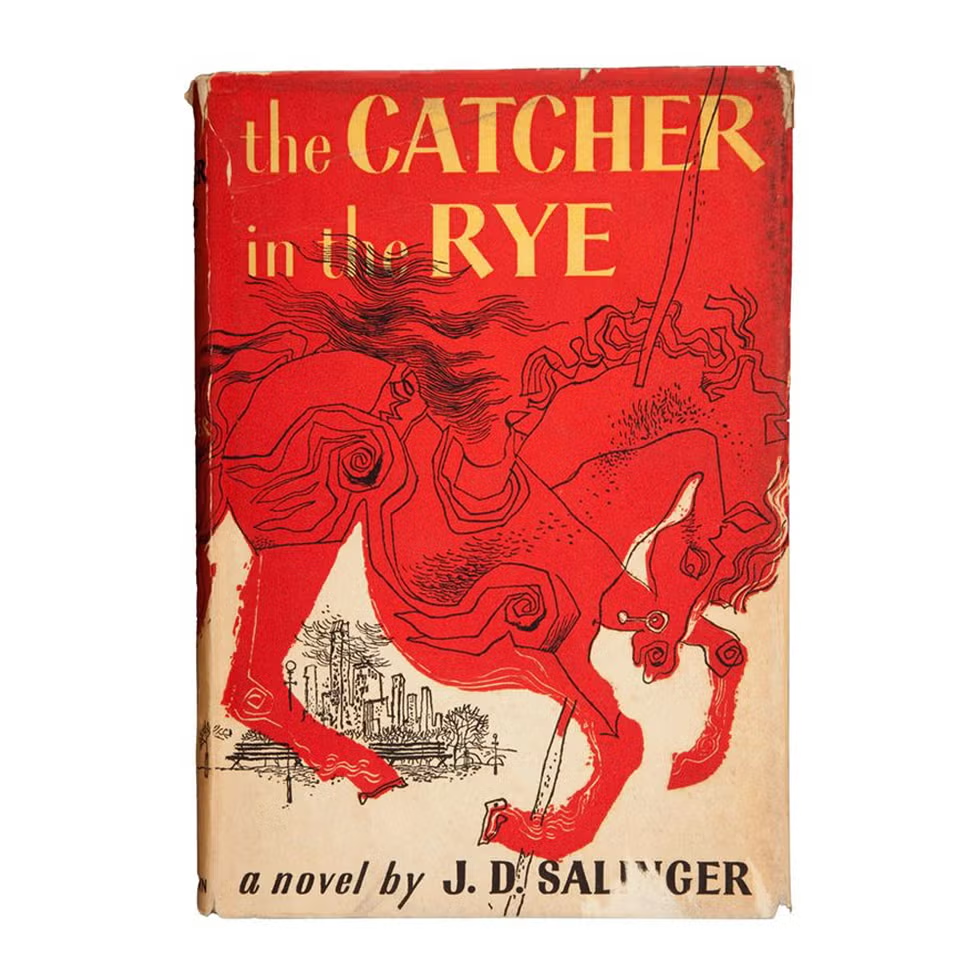
One of the most iconic books of the 1950s, The Catcher in the Rye shares the teenage struggles of 16-year-old protagonist Holden Caulfield as he navigates the crossroads between childhood and adulthood.
The novel reveals several edgy themes, like underage drinking, dropping out of school, and sexual experiences, which have made it one of the most banned books from school reading lists of all time.
1952: ‘Charlotte’s Web’ by E.B. White
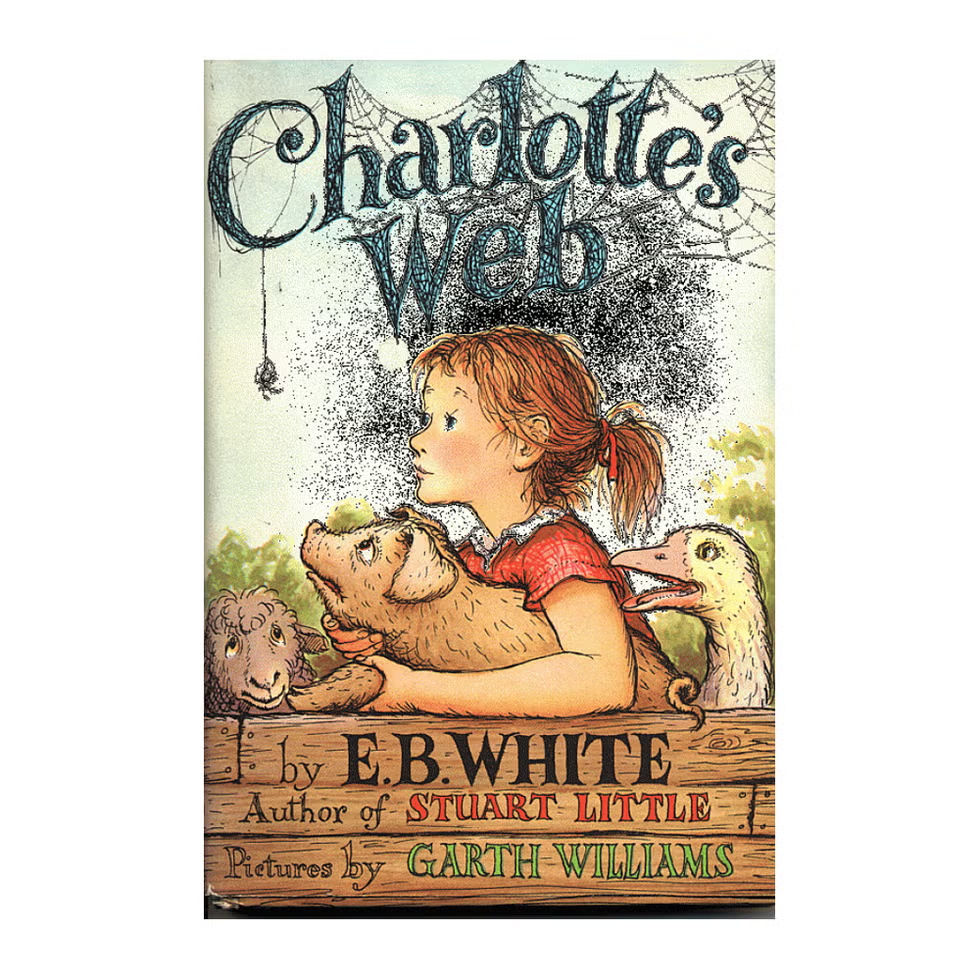
For generations, Charlotte’s Web has enlightened young audiences on important life lessons surrounding friendship, love, and even death, in an age-appropriate story and reading style that serves as a great transition piece between picture books and verbose novels.
1953: ‘The Crucible’ by Arthur Miller
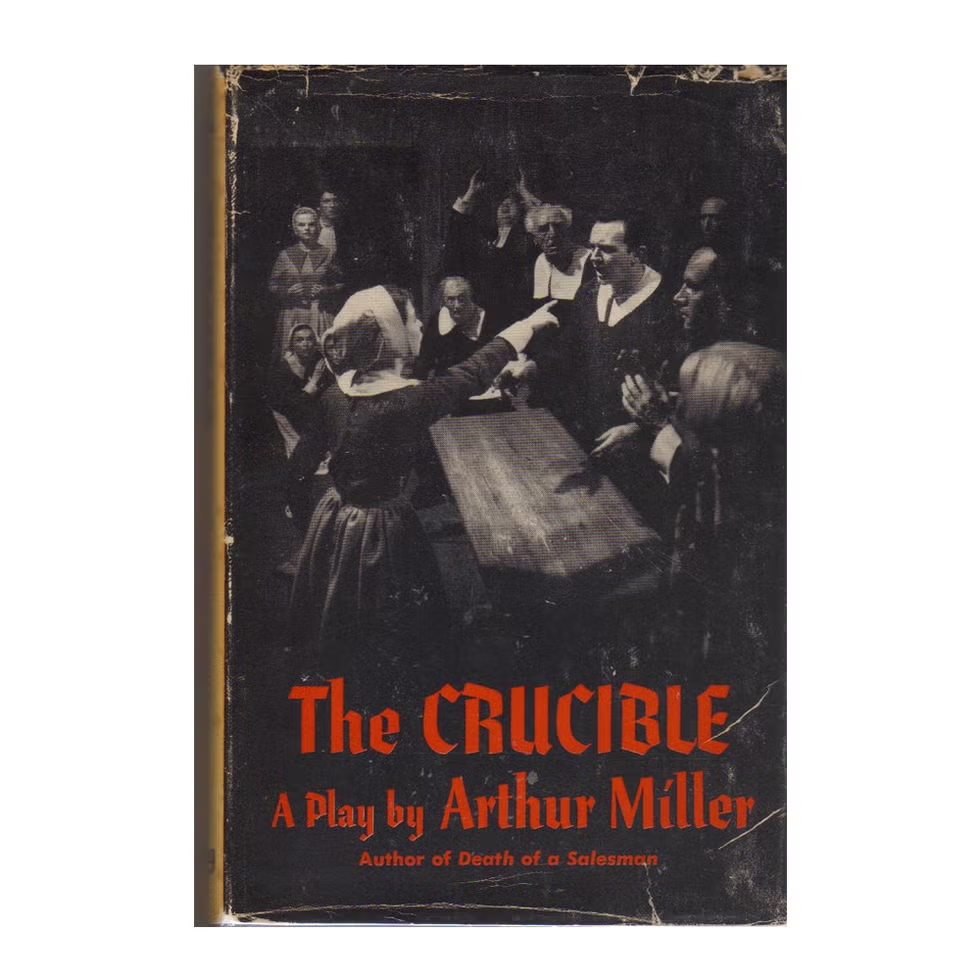
Separated into four fast-moving acts, this historical play depicts the harsh realities of the Salem witch trials, while exploring the complexities associated with acknowledging and experiencing personal guilt and engaging in socially constructed notions of mass hysteria.
1954: ‘Lord of the Flies’ by William Golding
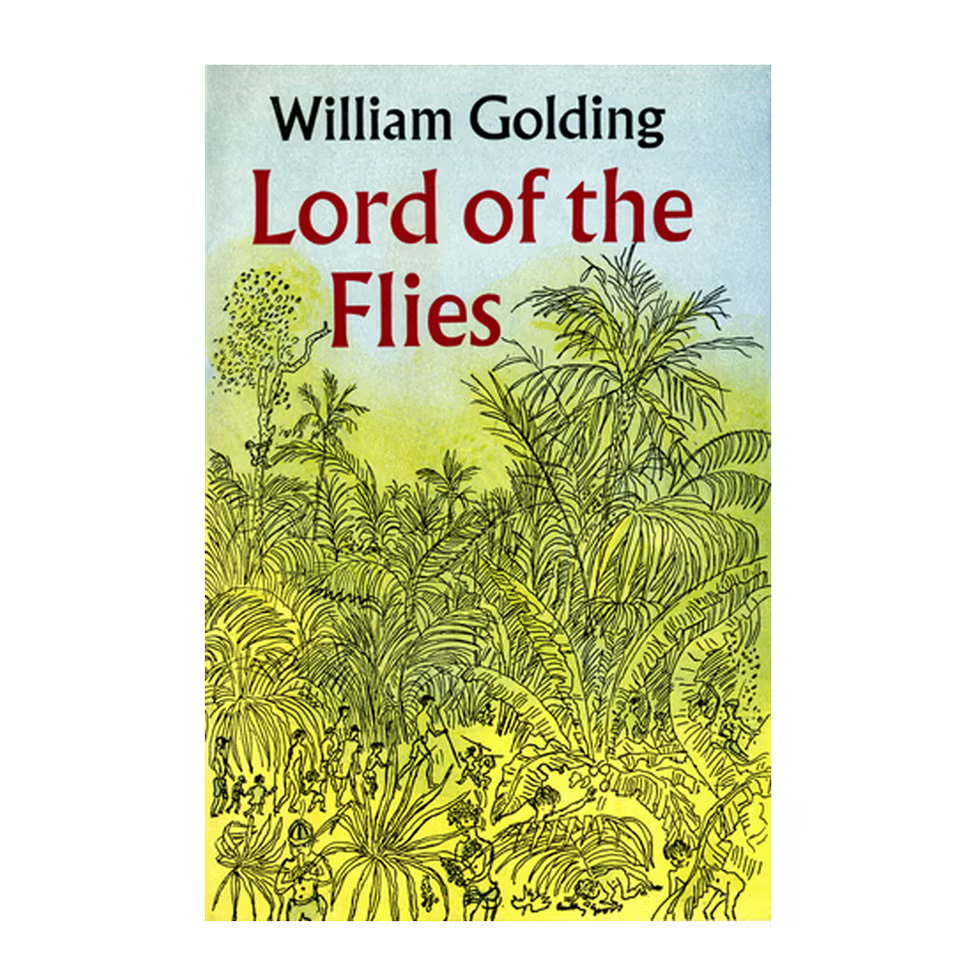
Not to be confused with The Lord of the Rings, which was also first published in 1954, this classic novel by William Golding is worthy of acknowledgement in its own right.
When a plane crash lands a group of schoolboys on an uncharted island, they initially relish in their newfound freedom. But as order quickly disintegrates, their reality becomes terrifying in an epic tale of adventure and suspense.
1956: ‘The Fall’ by Albert Camus
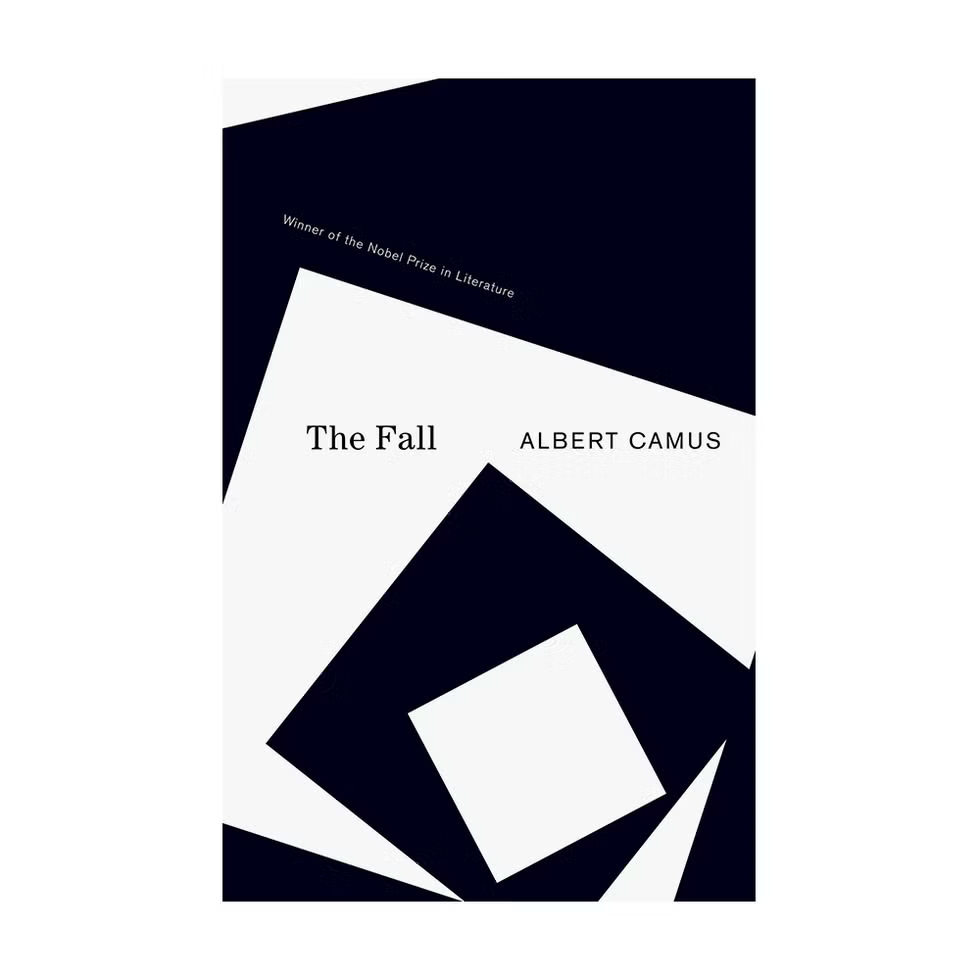
Set in Amsterdam, this short story follows a well-respected French judge who is haunted and changed by the follies of his past.
1957: ‘The Cat in the Hat’ by Dr. Seuss
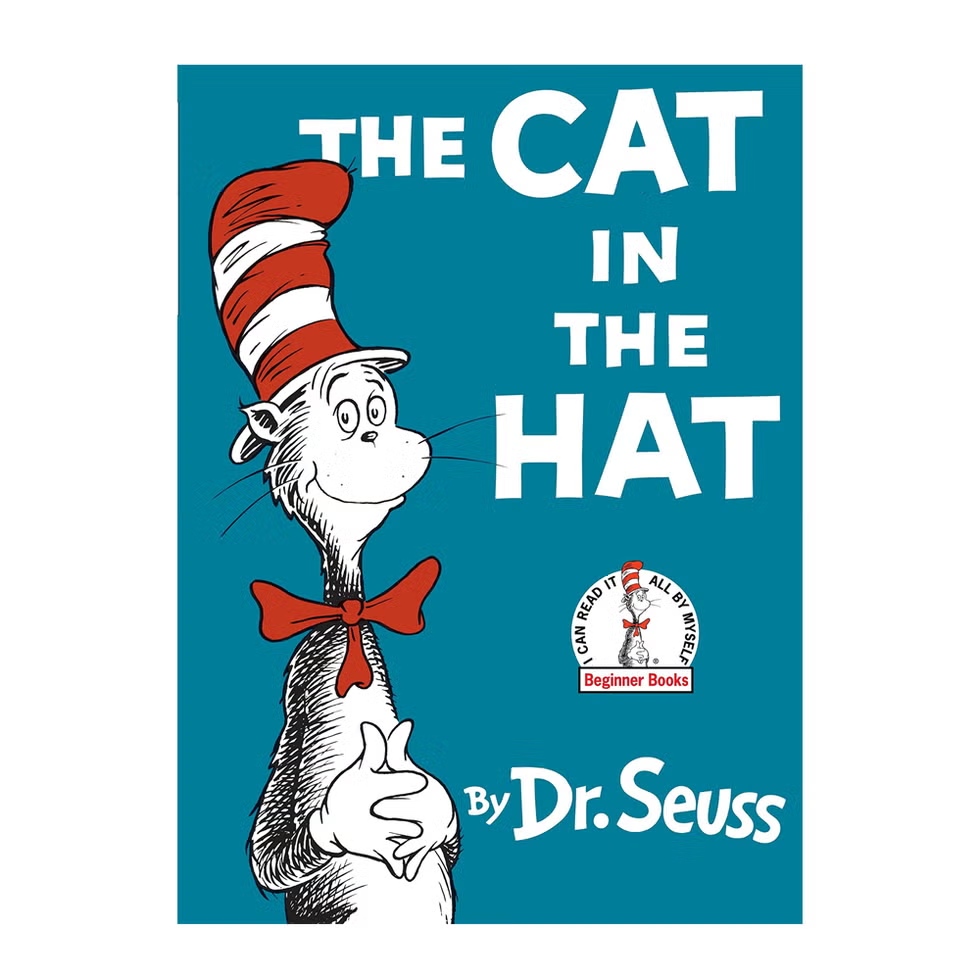
Along with several Dr. Seuss classics, like Green Eggs and Ham and Oh, the Places You’ll Go!, The Cat in the Hat is an iconic picture book that has helped children learn and become excited about reading for decades.
1958: ‘Breakfast at Tiffany’s’ by Truman Capote
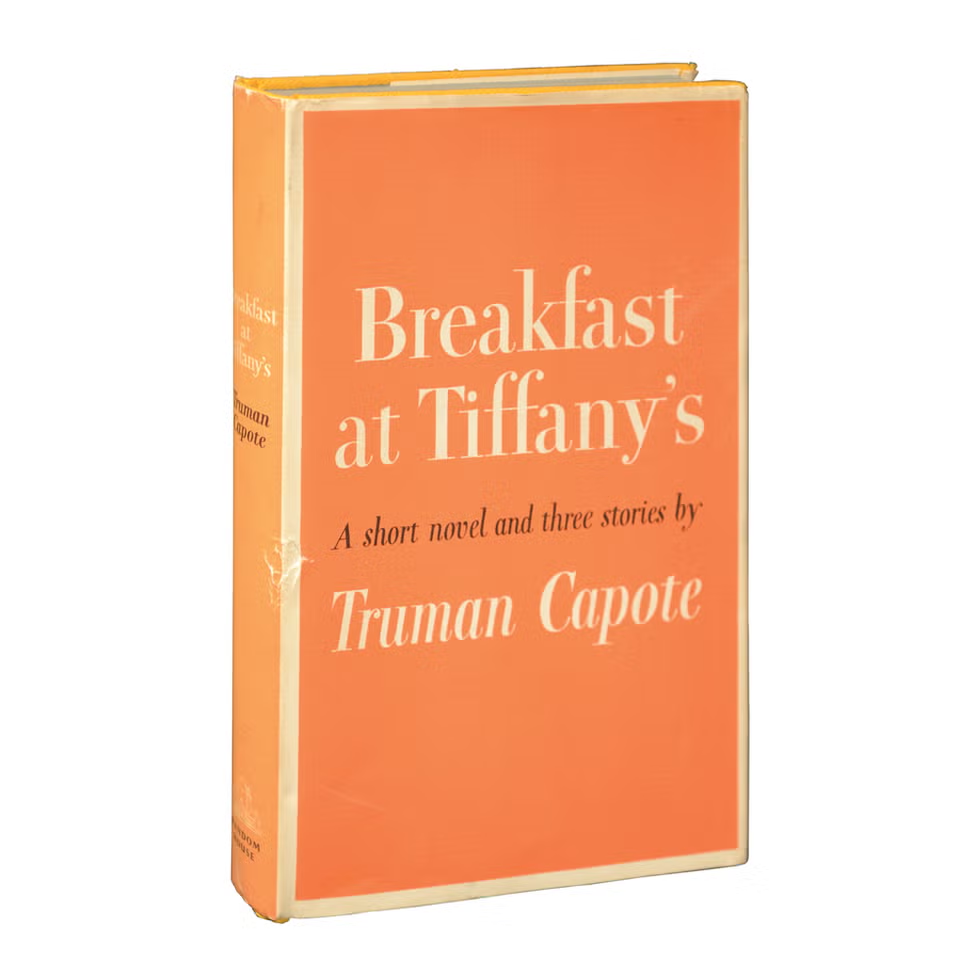
Breakfast at Tiffany’s is perhaps best known for its film adaptation starring Audrey Hepburn in her iconic performance as Manhattan socialite Holly Golightly—but the book itself is well worth a read.
1959: ‘A Separate Peace’ by John Knowles

Set just before World War II in New England, this story follows two prep-school boys and the series of unfortunate events that changes them and their close relationship into one that’s complicated and competitive. Their loss of innocence is synonymous with the changes in America during that period, as it neared closer to war.
1960: ‘To Kill a Mockingbird’ by Harper Lee
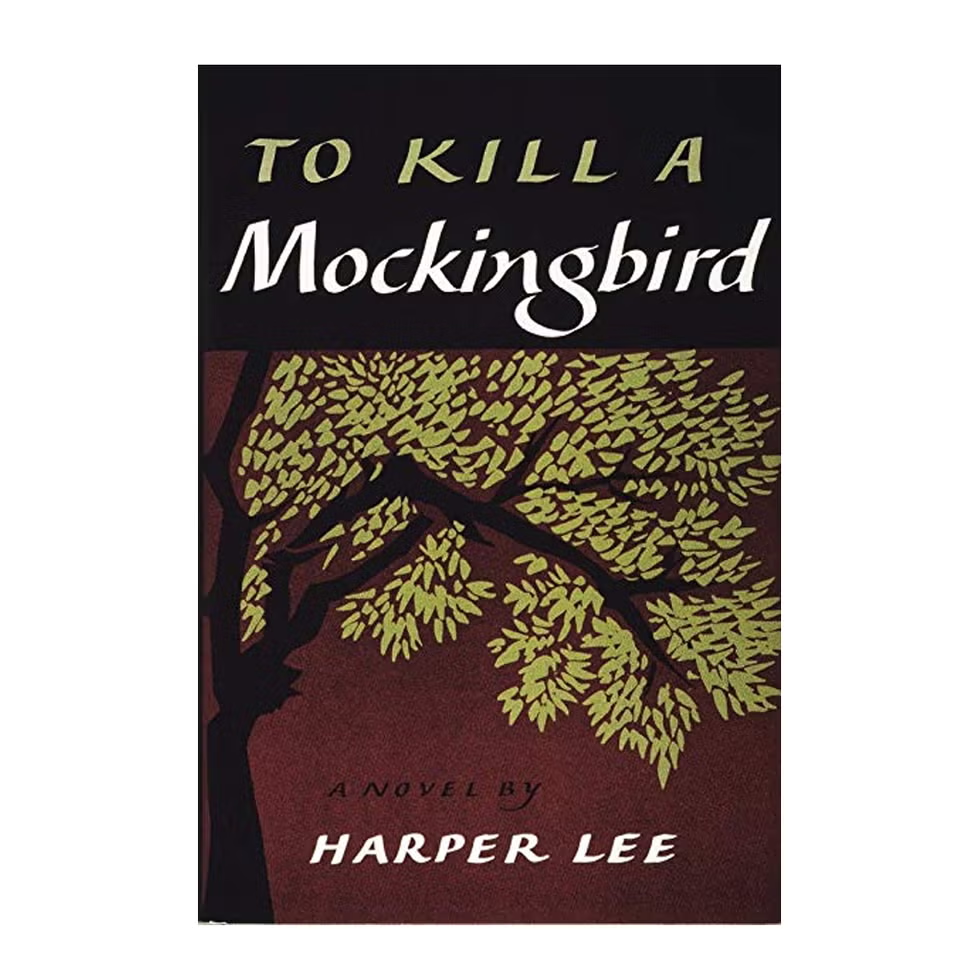
Published in 1960 and winner of the 1961 Pulitzer Prize for Fiction, To Kill a Mockingbird is a gripping coming-of-age tale about a young girl in the South who witnesses her father, a lawyer, risk it all to defend a black man who has been unjustly accused of raping a white woman. She learns of the social inequalities and prejudices that plague the South and that standing up for what’s right isn’t always easy.
1961: ‘Catch-22’ by Joseph Heller
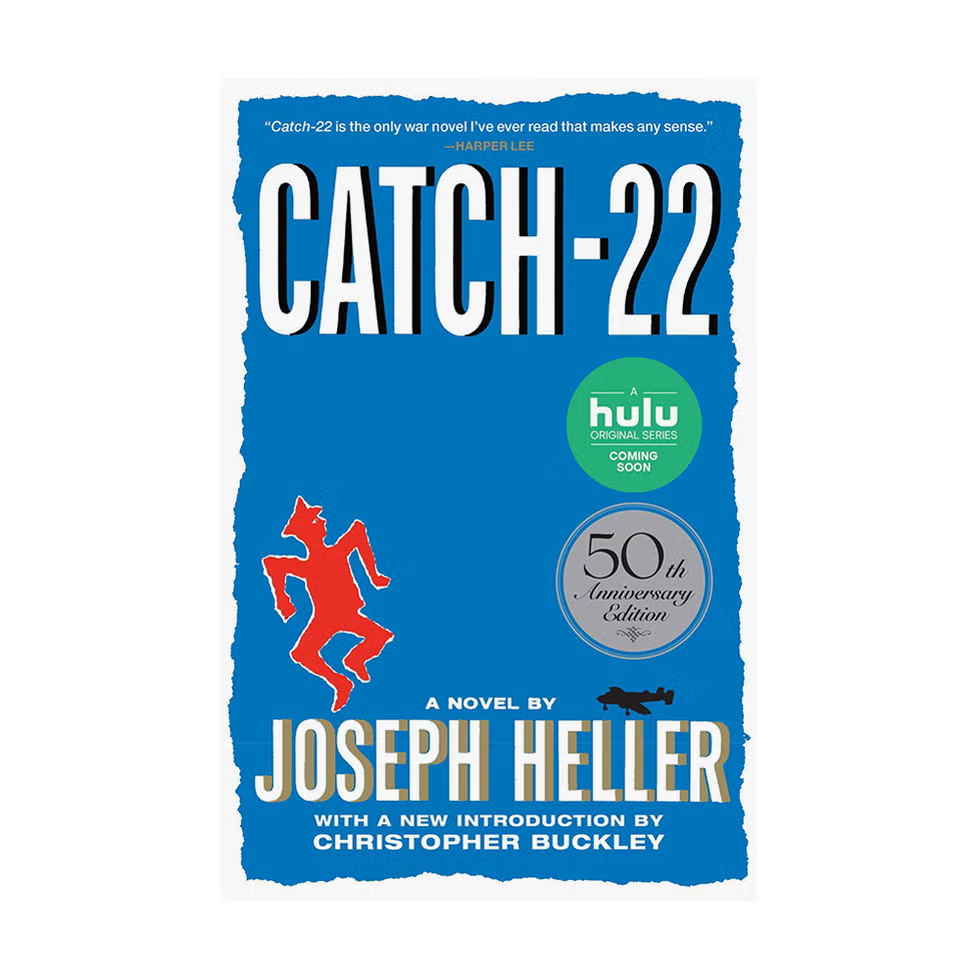
In this dark, yet humorous, novel, World War II soldier Yossarian is stuck in a predicament that may cause him to violate a Catch-22, a bureaucratic rule in which he would be considered insane if he willingly embarks on combat missions. If he requests to be removed from serving, he will be proven sane, but would then be deemed ineligible for release.
1962: ‘One Flew Over the Cuckoo’s Nest’ by Ken Kesey
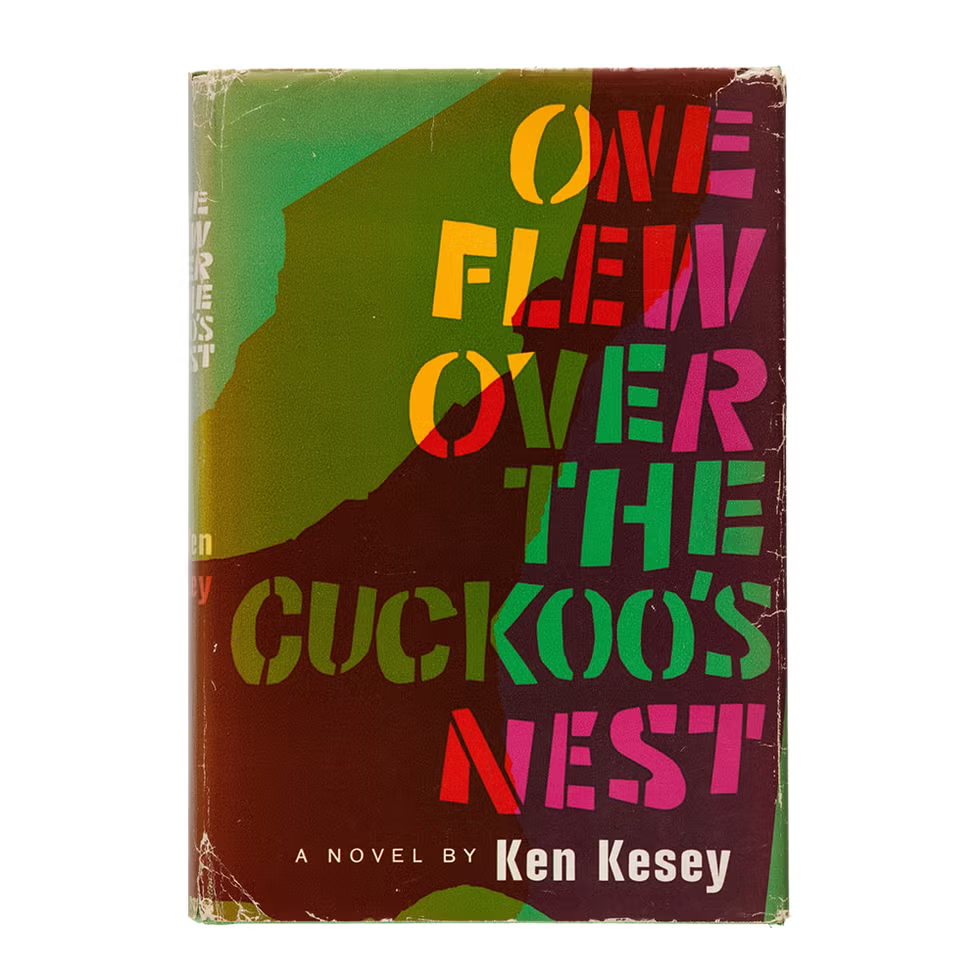
Mental hospital patient Randle Patrick McMurphy wreaks constant havoc in the ward by promoting gambling, smuggling in alcohol and women, and defying the dictatorship of Nurse Ratched at every turn. Their continuous battle ends up affecting all of the other patients as they get more involved.
1963: ‘Where the Wild Things Are’ by Maurice Sendak

A favorite children’s picture book that has been around for ages, Max’s imaginative journey was first introduced to young readers in 1963. It goes beyond most bedtime stories with life lessons that stress the importance of respecting your parents, but prove that even when you don’t show them respect, they’ll still love you.
1964: ‘Charlie and the Chocolate Factory’ by Roald Dahl
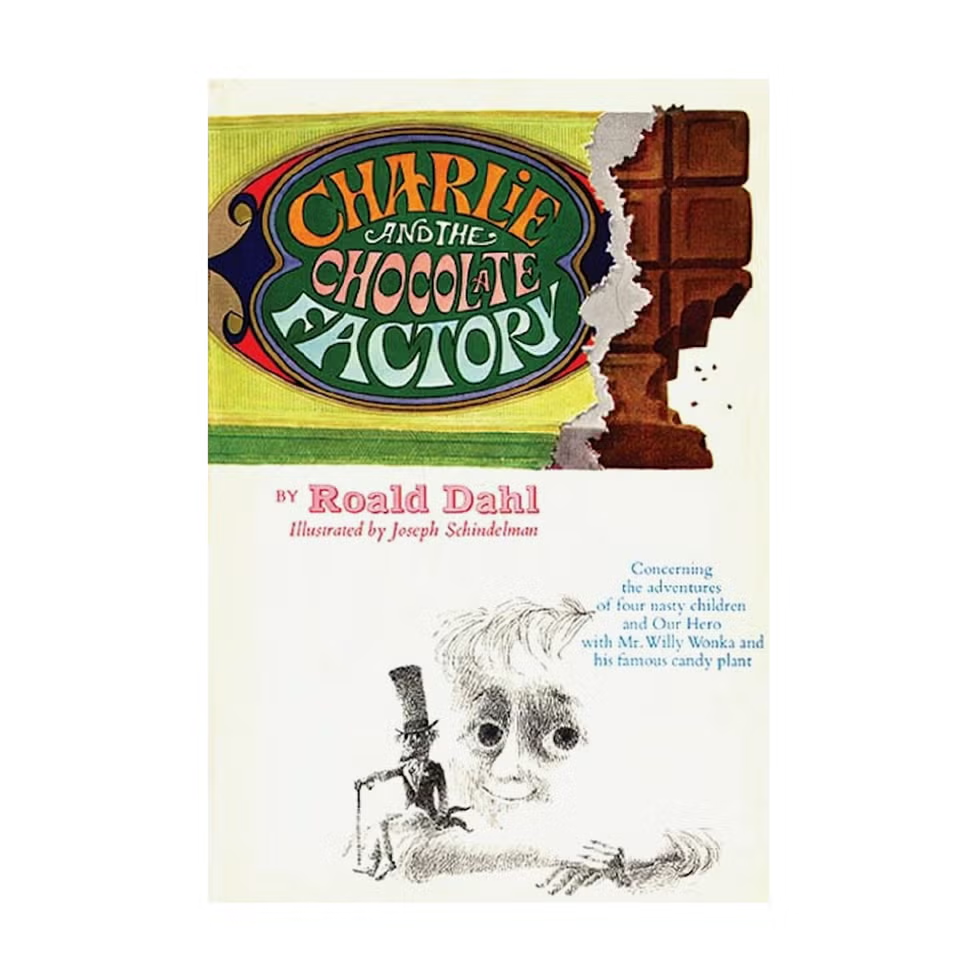
1964 was a notable year for children’s literature, with Chitty Chitty Bang Bang, The Giving Tree, Harriet the Spy, and Flat Stanley also published—but anyone with a sweet tooth will appreciate this special kiddie classic about Willy Wonka’s famous chocolate factory and all of the wonders inside.
1965: ‘Dune’ by Frank Herbert
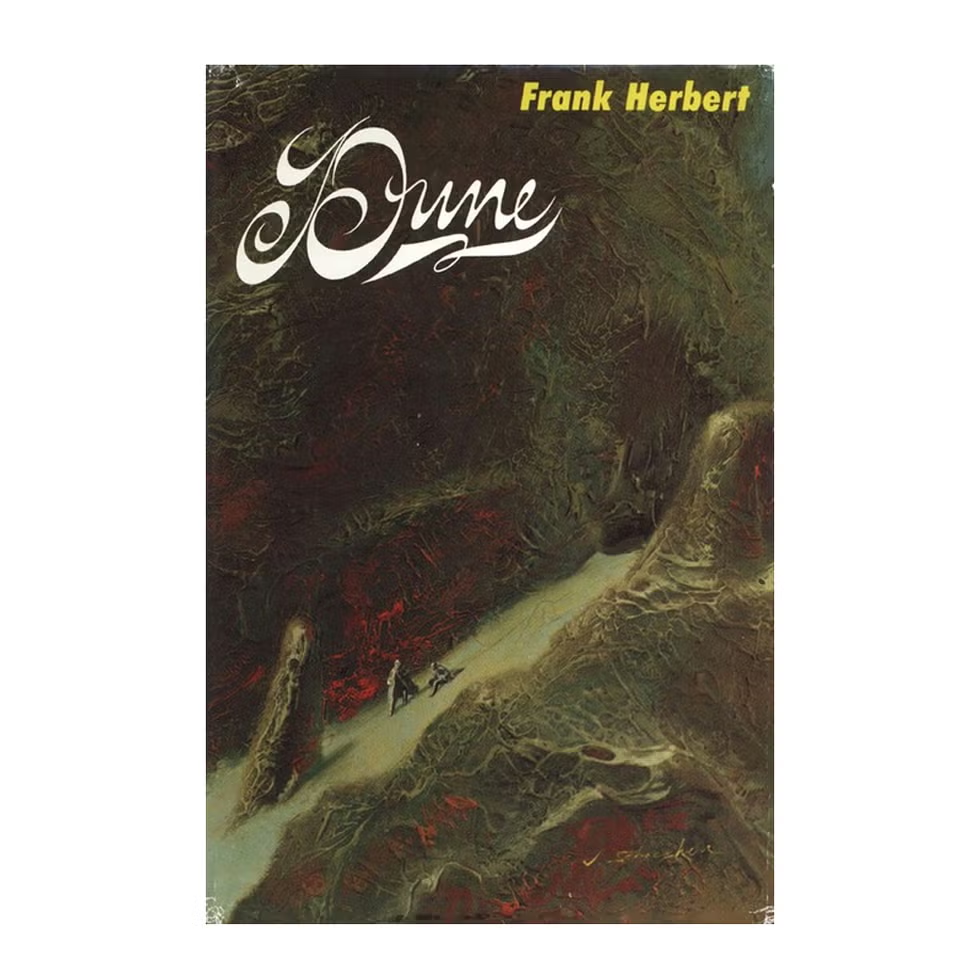
Taking place on the fictional desert planet Arrakis, Herbert’s story follows protagonist Paul Atreides as he rises to rule an inhospitable region where the only thing of value is a drug that extends life and enhances consciousness. After his family’s empire is destroyed, he finds a greater destiny and evolves into a mysterious figure who makes humankind’s most unattainable dream a reality.



















